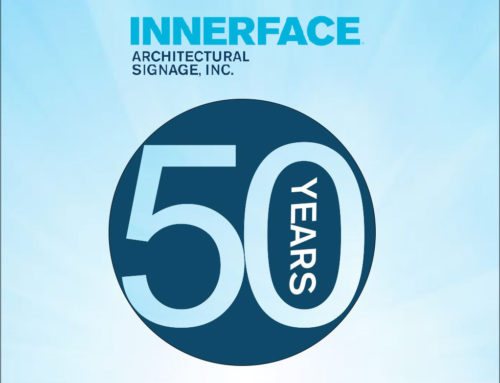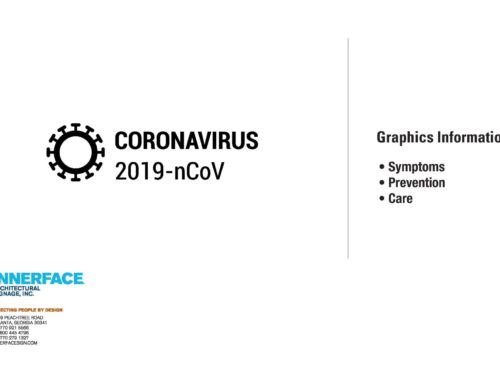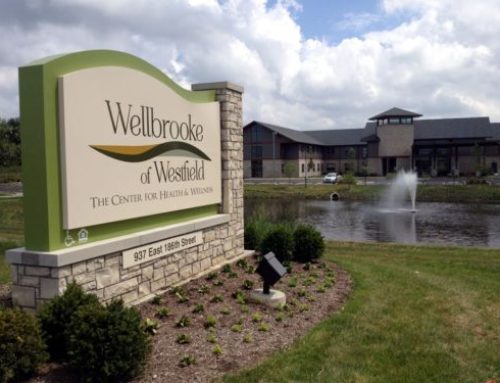Like most things in life, with exterior signage you typically get what you pay for. This means making a decision about the kind of signage you want representing your brand and thinking about long‐term value instead of short‐term cost. There are major differences in commercial vs architectural grade exterior signage. These differences in materials, fabrication methods and lighting components greatly impact cost, durability, maintenance and appearance.
From a hundred feet away, it is difficult to tell the difference between a similarly designed commercial and architectural sign. They can both be painted the same color, be the same size and have similar design features. It is when you get up close you can really tell the difference. The commercial sign will usually have exposed seams and fasteners (rivets, screw head, etc.) while the architectural sign will feature fully welded and seamless construction with minimal or no visible fasteners. These may seem like trivial issues for something that most folks will never see close up but they directly impact the longevity of the sign. Seams, misaligned panels and cheap fasteners lead to water penetration. This can cause premature lighting and other component failure leading to a much shorter product life‐cycle and greater replacement cost.
Not all exterior signage is created equal. One way that commercial fabricators save on cost is to fabricate their signs from a cheaply made frame and then skin them with the thinnest material possible.
While the use of a thinner panel material definitely saves cost, the result is a less rigid panel that does not create a flat sign surface. This uneven panel surface is called “oil canning” or elastic buckling and can be seen even at a distance in most light conditions.

Similar to a car finish where a $500 paint job will not compare to a professional high‐quality paint finish, the same is true of exterior signage finishes. We recommend using only Matthews Acrylic Polyurethane paints with proper paint prep and primers. While a cheap paint job on a commercial application may only last a few years before fading, chalking and running, a high‐quality finish will last up to a decade even in a harsh environment.
What happened to my message? We often see sign messages running, peeling or falling off of cheaply made signs. While you may save a few dollars using a low‐cost vinyl or just gluing on acrylic panels in lighted signs, the result will be a sign that needs constant maintenance and repair. We recommend using only the highest quality exterior vinyl and direct print applications. In addition, any acrylic panels on lighted signs should be both glued and stud mounted to the supporting panel to ensure there is no separation between the materials over time.

As part of our name, we take designing and building architectural signage seriously. Exterior signage is the first thing your clients see when they find you and last thing they see when they leave. Make sure your exterior signs represent your brand and, like your brand, are built to last. For more information on how INNERFACE builds architectural signage, check out the videos on our website or get in touch.




